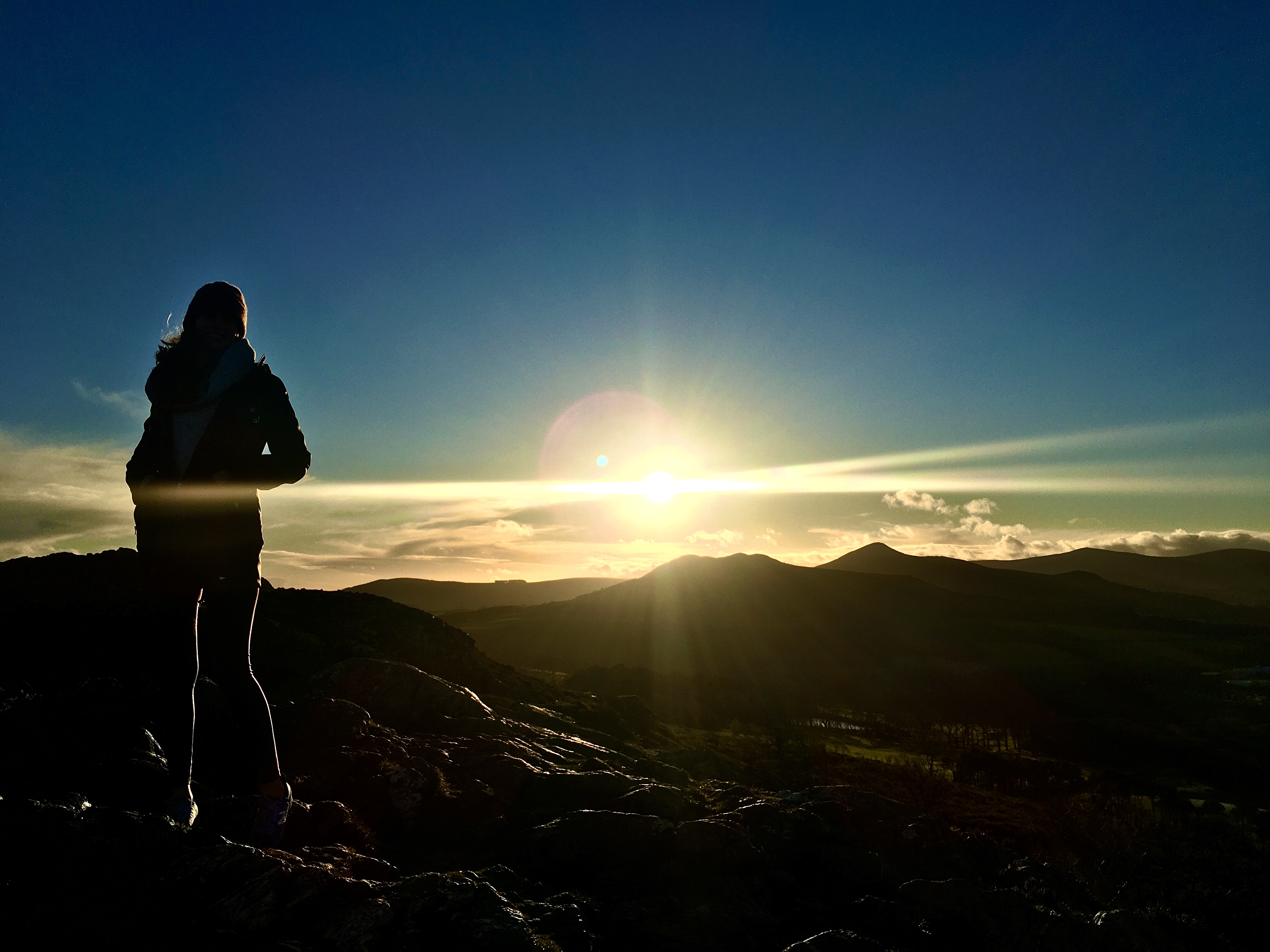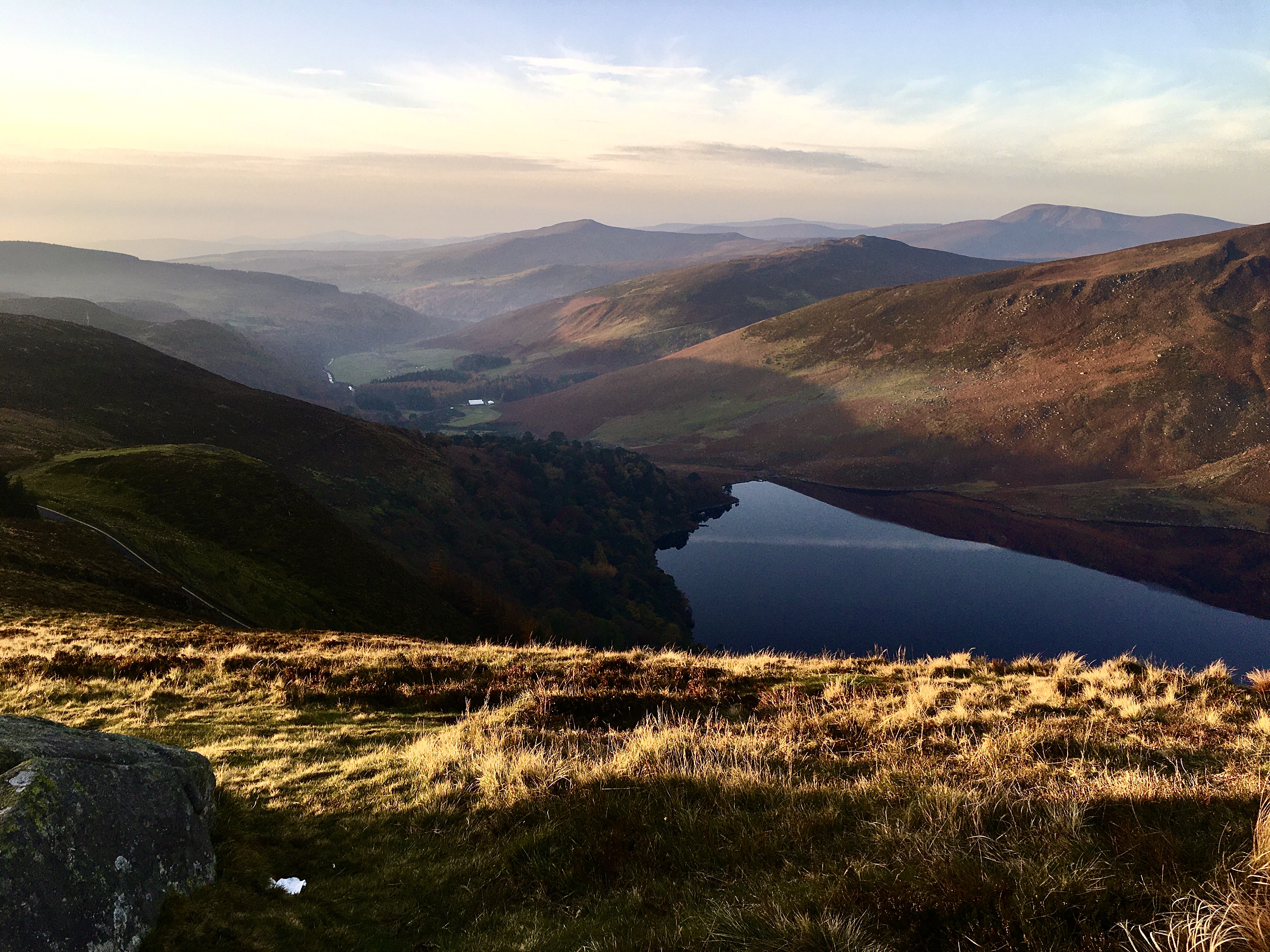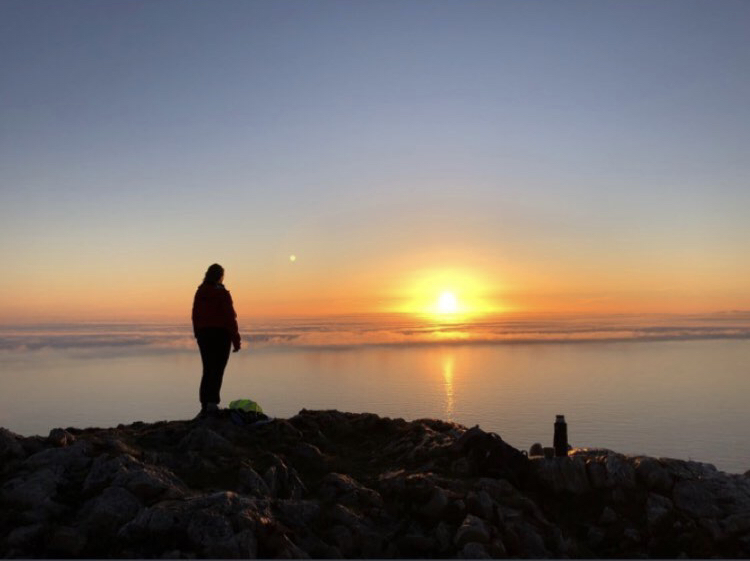
What to include in a hiking itinerary?
When heading out on the trails or on a hiking holiday, there are a few factors that I look for when planning my trip. Itineraries are always such useful and practical guides when organising a trip and can help a visitor feel safe and confident in the outdoors, be it a blog online or a plan sent out by a tour operator. I am going to share with you a few points that I look for in an itinerary and give you an indication from a tourist perspective of what you can include in your hiking or walking itinerary.
Points to remember when creating your hiking itinerary
There are a few elements to an itinerary that I search for. The plan that I look for is a PASSE plan - but please don’t be fooled into thinking this plan will be - “so passe!”
- P - Preparation
- A - Accessibility
- S - Safety & Security
- S - Sense of Adventure
- E - Excitement

So let’s break this PASSE plan down a little bit:
Preparation in a hiking itinerary
There is a reason why preparation is first. It may be the most important element to your whole itinerary as it feeds into the other factors of the plan. There is also a reason why ‘Plan and Prepare’ is the first principle of the 7 Principles of Leave No Trace. Being prepared can be the ‘make or breaker’ of your visitor’s overall experience. However, there are several factors to take into account.
- Clothing: This is an obvious one, but highly important. Ensure your visitor knows what the correct attire for the terrain is. Over the last couple of years with more people embracing the outdoors, we have seen an influx of people being rescued by our incredible mountain rescue services due to poor attire and footwear leading to hyperthermia or injuries. Let’s make sure your visitor is aware of the drastic changes in weather when hiking, in particular on our Irish hills. This leads me to the next point.
- Weather: Updates on weather are essential and aid tourists in knowing what to pack - though it is important to pack for all kinds of weather. This is a particularly important factor to take into account if your visitors are coming from abroad.
- Packlist: As mentioned, some of your travellers may be travelling far distances. It is essential that they know what and what not to pack. This should take into account the duration of their hike, the terrain and any needed equipment or supplies.
- Group Sizes: For a tour operator sharing an itinerary to future travellers, it might be good to give an indication of the size of the group your traveller will be with. Many people feel more comfortable knowing how many individuals they will be with and the ratio of guide to guest.
- Accommodation: Is your hiker a wild adventurer or do they like their comforts? Think about what accommodation options would suit them best. If they prefer to camp, provide them with an option of camping sites and spots and include the services that would be available to them. Likewise with the non-campers. What hotels, hostels and B&Bs are close by and what do they offer?
- Food and beverage: Let your visitor know what options they will have along the way and any traditional or local suggestions they should not miss. This will add to their excitement of getting a taste of local life. Likewise, when creating a blog, where should your hiker stop? What dishes should they try? If they travel through locations that lack options, what alternatives should they bring? Should they bring a stove and cook for themselves?
- Local traditions and customs: Many travellers want to ‘live like a local’, even still when they are on the hills. Feed their curiosity by sharing any local traditions and customs of the area. This is also beneficial for local life. Are there any local laws in practice that your visitor should know about? Do they have a local dialect or speak a different language altogether? One example that comes to mind can be found along the Camino de Santiago. When travelling the Northern Route, pilgrims may find that many of the signposts change from Spanish to something drastically different - Euskera or Basque. This can be quite disconcerting and disorienting for a hiker who is unaware of the change in language. A bonus of being aware is that the Basque will be so grateful to anyone who recognises and attempts to speak their language. This can enhance your traveller’s experience hugely.

Accessibility in a hiking itinerary
In this day and age, the general talk when travelling is, “how can I make my trip more sustainable?” According to a recent survey by Booking.com “83% of global travelers think sustainable travel is vital”, and 61% said that due to their experiences of the pandemic, they would want to travel more sustainably in the future. Why not help your guest? If there are options to take public transport, supply them with links to timetables, where to go to purchase their ticket, whether there is any wheelchair access or luggage and bicycle space. Make sustainable options more accessible to them.
In talking about accessibility, you must think of any accessibility issues that your hiker may have. Are they visually impaired? Do they have any disabilities or dietary issues? Make sure that your suggestions are as inclusive as they can be. The world is a diverse place, each individual has their own wants and needs.
'The Big C - Carbon' Online Course Available Now For Free
Safety and Security in a hiking itinerary
Safety and security are two of the most important factors to take into account. When your traveller is with you they are your responsibility, but you can make them feel safe and secure before even meeting them. Educate your traveller on the 7 Principles of Leave No Trace. Supply them with enough information on all aspects of their hiking holiday. They can never have enough, especially if they are travelling far to get to their destination. The more information they receive prior to the event, the greater the anticipation, which is always a bonus! When providing maps of the hike, ensure you include all the possible stops along the way for breaks and important points of reference such as interesting monuments and stunning views for that ‘Instagram Shot’. Many individuals like to feel in control when out hiking so having studied the map prior to heading out, it will be interesting for them to connect with what they have seen online and through your itinerary, in real life and on the trail.

Sense of Adventure in a hiking itinerary
Now that we have covered the more serious aspects to your hiking itinerary, let’s get on to the fun parts. Your traveller has not signed up for your hiking holiday or looked into your hiking blog if they did not have a sense of adventure. So my suggestion is to nurture and feed that desire for adventure. Tell them any folklore and stories of the region. Share any movie suggestions or songs that have a connection with the places they will be walking through. Did any important moments in history happen there? Educate them on the biodiversity and animals they may find along the way. Feed their curiosity and build on the momentum as the clock ticks drawing them closer and closer to their trip in the outdoors.

Excitement in an itinerary
The hype is everything for a trip. The more you inform your traveller on the wonders they will see, the greater the excitement will be. You want to ensure that your hiker comes away from reading your blog or itinerary ready to pack their bags and have their countdown timer on as they wait impatiently for the day to come.

How to send out your itinerary?
There are two options for sending out an itinerary, by blog or by emails. Emails can be fantastic for creating that excitement prior to any trip. You can include movie or documentary suggestions that they could watch to create a greater buzz around the trip. The greater the anticipation for the trip, the more excited your hiker will be. Don’t forget to follow the PASSE plan when thinking about what to include and how to prepare your hiking itinerary.

Aoibheann is an avid hiker and a certified Leave No Trace Trainer. For more insights on the 7 Principles of Leave No Trace, follow her future blogs to come.


